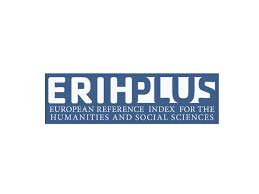Identifying Potent Histone Deacetylase Inhibitors with Blood-Brain Barrier Permeability Using Image-Guided Synthesis
Keywords:
Benzamides, blood-brain barrier permeability, positron emission tomography, and histone deacetylase.Abstract
Recent studies have shown that several histone deacetylase (HDAC) inhibitors, which are used to study and treat brain disorders, have poor blood-brain barrier (BBB) penetration. Along with the reported poor HDAC potency and selectivity, insufficient brain penetration may also account for the large dosages needed to achieve therapeutic effectiveness. Using an image-guided methodology that includes radiolabeling and parallel synthesis of multiple compounds based on the benzamide HDAC inhibitor MS-275 as a template, we present here the synthesis and evaluation of a new class of highly potent, bloodbrain barrier permeable HDAC inhibitors for central nervous system (CNS) applications. To maximise BBB penetration, PET imaging and rapid carbon-11 tagging were used in the baboon model. Each chemical's imaging-derived BBB penetration data was then included back into the design process. After examining 17 distinct compounds, it was found that a few of them exhibited high BBB permeabilities and binding affinities. One essential element in this benzamide series that allowed BBB penetration was a basic benzylic amine. The substances showed a 1–100 nM inhibitory impact on recombinant human HDAC1 and HDAC2. Three of the carbon-11 labelled aminomethylbenzamide derivatives showed significant BBB penetration (∼0.015%ID/cc) and regional binding heterogeneity (high in the thalamus and cerebellum) in the brain. Together, these techniques have yielded a strategy and a prediction model for developing potent, BBB-permeable HDAC inhibitors for the central nervous system as well as novel, potential compounds for small molecule probes and drugs..








